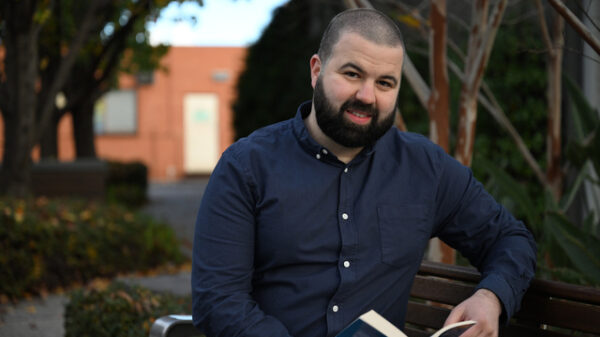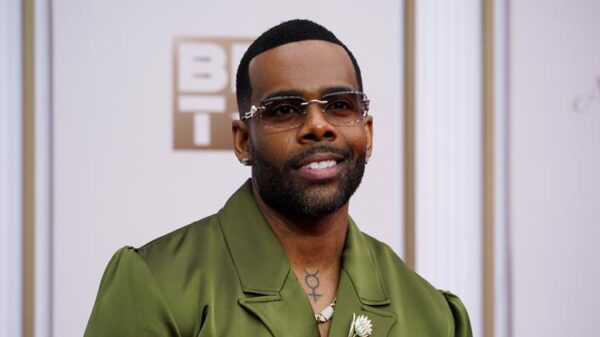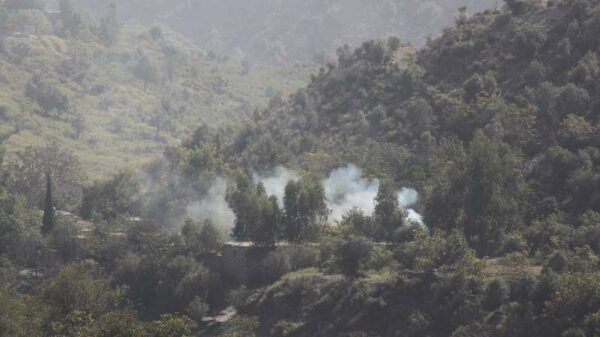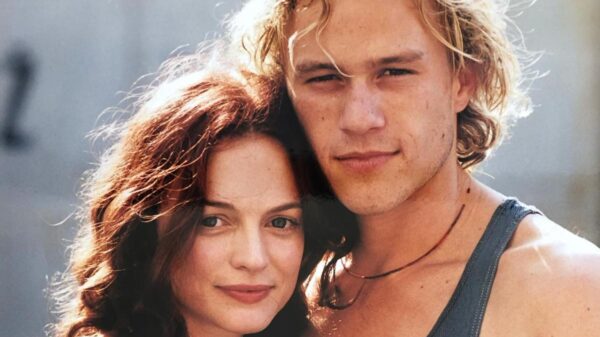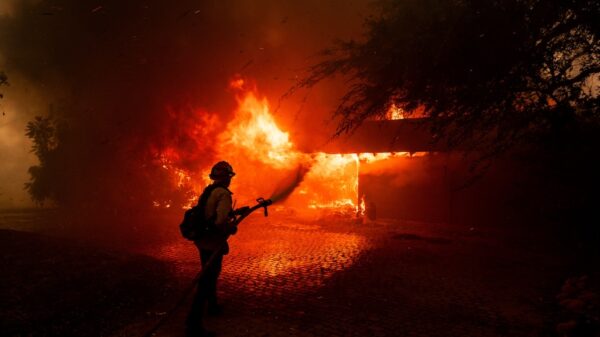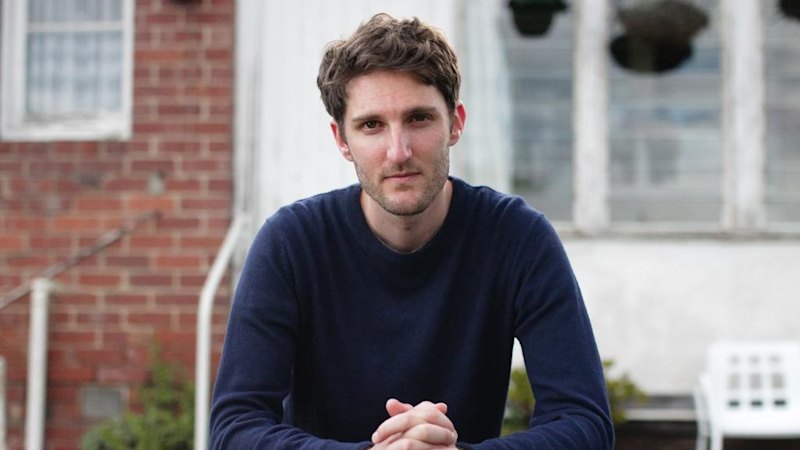In his latest collection of short stories, U Want it Darker, Australian author Murray Middleton delves into the complexities of the artistic experience, portraying the egos and failures of contemporary creators. Priced at $34.99 and published by Picador, this work follows the success of Middleton’s Vogel-winning debut, When There’s Nowhere Else to Run, and his previous novel, No Church in the Wild.
Exploring the Lives of Artists
Middleton’s stories reveal artists navigating crises in a world that can be indifferent or even hostile to their creative aspirations. One tale features two comedians—one working a mundane shift at the electoral commission while the other roams the streets of Berlin—as they attempt to translate their uninspired lives into stand-up routines. This encapsulates the challenges that many artists face: a profound sense of dissatisfaction and the struggle to find meaning in their work.
The collection, which includes various characters such as documentary filmmakers, musicians, and playwrights, presents a stark reflection of the artistic journey. These individuals often find themselves at a crossroads, reminiscing about earlier periods of creative productivity while grappling with the harsh realities of their current circumstances. Middleton captures the tension between the desire to create and the economic pressures that can stifle artistic ambition.
In one poignant story, titled In Between the Wars, a visual artist longs for the youthful enthusiasm that fueled her creativity in a shared studio, contrasting it with her current life of comfort and discontent. Another narrative centers on an aging actor who experiences a moment of triumph over a brief appearance in an indie film, a scenario that highlights the fleeting nature of success in the arts.
The Influence of Grunge Literature
Middleton’s writing resonates with the themes of grunge literature, which often portrays the squalor and marginalization of urban life. The settings are filled with dimly lit bars and alcohol-soaked streets, immersing readers in the gritty realities faced by artists. One particularly striking passage depicts the older actor engaging in sexual escapades with a younger woman, embodying the themes of disillusionment and the search for connection in a disconnected world.
The collection also employs unique narrative techniques to enhance its themes. For instance, in House With White Fence, the art of pizza making is critiqued by online reviewers, adding a contemporary twist to the exploration of artistic expression. Similarly, much of Where We Come to Fall Apart unfolds through a text message exchange between a concerned sister and her brother, a playwright confronting the challenges of real-life events as he seeks inspiration for his next work.
Middleton’s stories provoke thought about what defines artistic success. A purist might argue that art’s value lies in its existence, with recognition and commerce as secondary. Yet the narratives reveal that sometimes, the art itself is insufficient to fulfill the creator’s aspirations.
In reflecting on the artistic impulse, Middleton echoes the sentiments of esteemed author Patrick White, who once remarked on the misconceptions surrounding the writing process, describing it as a tumultuous struggle rather than a simple endeavor. This theme resonates throughout U Want it Darker, as characters continually seek to transform their life experiences into meaningful art.
Ultimately, this collection serves as a commentary not only on artistic ambition but also on the dreams, hopes, and relentless work that underpin the creative process. Through its exploration of the complexities of artistry, U Want it Darker offers readers an intimate glimpse into the lives of those who dare to create in a world that often challenges their very existence.





